Three Little-Known Ways Roof Moisture Can Damage Your Facility
Anyone who has ever owned or managed a building of any variety knows the damage risks a leaking roof can cause. The roof itself can easily suffer structural damage thanks to the extra moisture seeping in and eating away at it. However, there are many other issues a leaking roof can cause, far beyond the structure of just the roof. Here are a few of the other problems roof moisture can cause, which could convince you to look into commissioning infrared thermography as soon as possible.
1. Energy Leaks
This may sound like a bit of a head-scratcher, but think about what your roof is used for. It’s a means of keeping the interior of a building intact and the elements out, just like the walls and floor. To serve this purpose well, roofs are typically packed tightly with insulation to keep warmth, coolness and energy in and unwanted air and moisture out. If your roof is leaking, this leaves not just the roof itself vulnerable, but the insulation inside it as well.
Insulation isn’t made to handle moisture particularly well and too much leaves it soggy and unable to perform effectively. Drying the insulation is a time-consuming process, meaning if a leak should happen, you may as well invest in brand new insulation to protect your facility. Without a proper replacement, your energy use will increase dramatically.
2. Mold
Mold is the most common consequence of lingering moisture. You may have encountered it before in domestic situations, but it is just as likely in your commercial facility and perhaps even more hazardous if left to grow. The presence of mold lowers working conditions in your facility and can create certain health risks for your employees, especially those already prone to asthma and other respiratory issues. Even those without any documented illnesses should steer clear of mold because it can easily create breathing problems.
What we must point out here is if mold develops in your roof due to excess moisture, it can easily spread to the rest of your facility, such as the ceiling, the vents and anywhere else imaginable. You absolutely do not want to deal with eliminating mold if you can prevent it because the elimination measures can cost you days of valuable productivity. Most certified thermographers can pick up signs of moisture before the problem escalates to this point.
3. Pooling
If the moisture in your roof begins to accumulate, it can easily trickle down to your ceiling and drip from there, ending up as an ugly puddle on your facility’s floor. This is yet another safety hazard that can spell huge consequences. If a worker were to slip and fall in one of these puddles, you lose productivity, money and perhaps even a valuable employee. At best, they’ll be wet and a bit sore. At worst, they could suffer a serious injury and decide to pursue a lawsuit.
As with all other situations in life, it’s far better to be safe than sorry. We hope this article will enlighten you to the benefits of infrared inspection and how they can save your commercial facility in more ways than one. Contact us to learn how infrared thermography can help you!

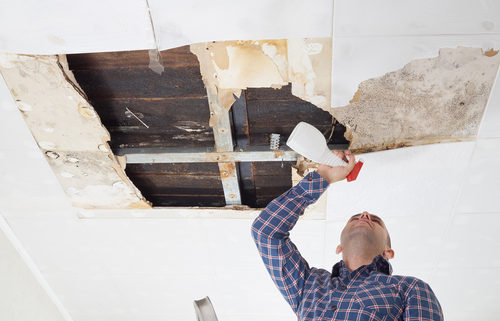
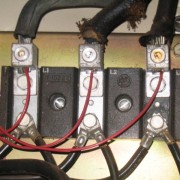
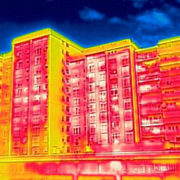
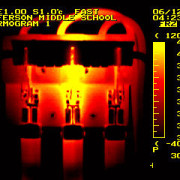

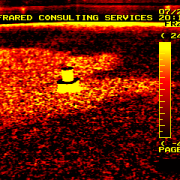
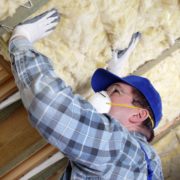
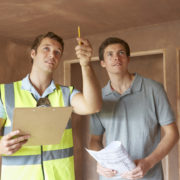
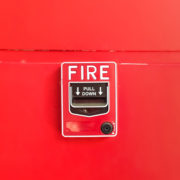
 By detecting problems before they occur and by pin-pointing exactly where problems might exist, Infrared Thermographic Testing has many benefits.
By detecting problems before they occur and by pin-pointing exactly where problems might exist, Infrared Thermographic Testing has many benefits.
 Learn more about our wide range of non-invasive, non-destructive inspection & testing services and if they are right for your needs.
Learn more about our wide range of non-invasive, non-destructive inspection & testing services and if they are right for your needs.
 Founded in 1988, Infrared Consulting Services (ICS) provides professional infrared electrical, NDT and building envelope inspection services nationwide.
Founded in 1988, Infrared Consulting Services (ICS) provides professional infrared electrical, NDT and building envelope inspection services nationwide.
